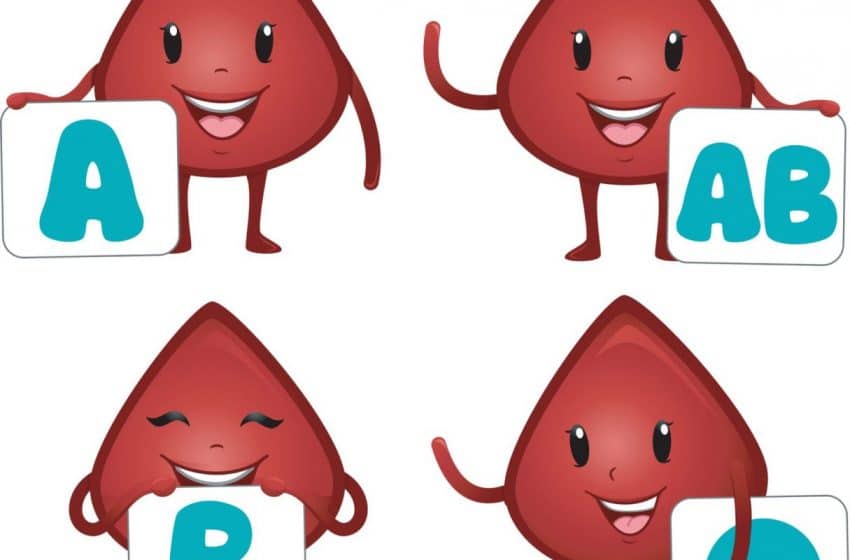CHANGING ALL BLOOD TYPES TO O

Many deaths occur every year due to incompatible blood transfusion. Hospitals use stringent labelling procedures to protect against accidents like this, but now, a team of scientists are working on a truly novel approach. Read on to find out more.
Blood transfusion is a subject that we’ve learnt way back in high school biology, and unless we go through a life-threatening accident in our own lives, many of us don’t know about what the different blood groups mean and how they’re relevant.
Well, for the purposes of this article, you need to know the following three things:
- Human blood is divided into four groups: A, B, O and AB. These are grouped according to the type and orientation of a sugar molecule that occurs in blood.
- Blood transfusion needs to happen between people of the same blood group. If a person of group A is given blood by a person of group B, the recipient will develop complications that are often serious and fatal. Many deaths occur every year due to faulty blood transfusion by accident.
- Of the four blood groups, O is called the universal donor – which means that it can donate blood to any of the other three groups – and AB is called the universal receptor – which means it can receive blood from any of the other three groups.
In order to protect patients from the risks of oversight and negligence, doctors are now working on a process by which they can convert all blood types in a given blood bank to the group O. This will remove the risk of clumps and death, because the group O is compatible with all possible blood groups.
In order to do this, they need to break down the sugar molecule that was referred to earlier. A bit of tinkering in the lab has given rise to an enzyme that breaks down the extra A or B molecule and snips off. However, the problem is that the enzyme is not that efficient at the moment, and even small amounts of the sugar molecule can cause extreme reactions in the blood recipient.
In a recent study, though, it has been reported that the efficiency of the enzyme has been increased by 170 times. That sounds like a lot, but there is still work to be done before transfusion deaths become a thing of the past.







